The environmental advantages of wood frame construction:
As just about the only renewable building material, wood has many advantages over other materials. It requires less energy to produce in terms of resource extraction, manufacturing and transportation. While still prevalent in residential construction, wood has largely been replaced by concrete and steel in most commercial applications. (Although that may be about to change with the aptly nicknamed "Plyscrapers!")
According to a study led by the CORRIM (Consortium for Research on Renewable Materials), the lifecycle of steel and concrete results in 26% to 31% more greenhouse gas emissions than that of wood.
In effect, building with wood is a measure that can help combat climate change, provided that an equal amount of new trees are planted. By capturing the carbon around them and converting it into oxygen (the process of photosynthesis), trees help to reduce greenhouse gas emissions.

In addition, trees have a large CO2 storage capacity as they require carbon to grow. In fact, approximately 50% of the mass of wood (when dry) is made up of carbon, which remains in the wood even after it has been harvested. It has thus been shown that using one square metre of wood in construction removes 0.9 tons of CO2 from the atmosphere.
That means that a typical wooden structure measuring approximately 2,400 sq.ft. retains the equivalent of 29 tons of carbon, or the same amount generated by the average commuter vehicle over a 5-year period (approximately 12,500 liters of gas). Moreover, one square metre of wood used in construction prevents the emission of 1.1 tons of carbon when substituted for other materials.
Additionally, wood has a long lifespan, under the condition that it has been well-maintained and protected against moisture damage and pests such as carpenter ants. Wood also weighs much less than concrete, making it ideal for light frame construction.
Given these advantages, architects are now re-acquiring the know-how for timber construction and some organizations are specifically promoting the use of wood for house framing, renovations and certain commercial applications as well.
The truth about fire resistance and wood structures:
The combustibility of a building's framing material has little to do with fire safety. Statistics show that the risk of fire is no greater for wood frame homes than for those built with other structural materials. The determining factors are more the combustibility of interior furnishings, the presence of functioning smoke detectors and occupants' fire safety awareness.
The ability of a structural element to resist fire essentially depends on the behavior of its components under high temperatures. In addition to burning at a rate of 0.7mm per minute (4.2 cm per hour), wooden structures remain stable even if a fire lasts a long time.
Insulating protectors and gypsum board (drywall) may also be used to protect wooden structures from heat, and wood frame elements can be designed so as to ensure a degree of fire resistance ranging from 45 minutes to 2 hours, depending on the design and choice of materials.
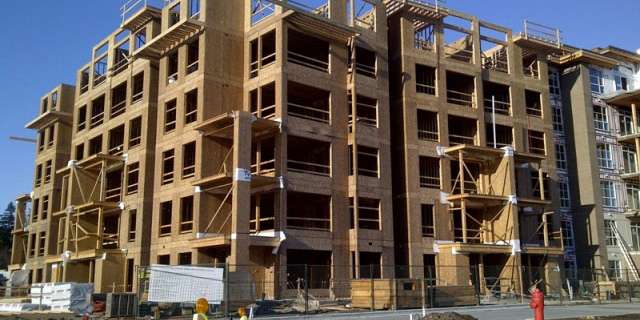
Multi-story wood frame construction:
To date, the Stathaus building in London, also known as the Timber Tower, is the tallest timber construction in the world, consisting of 8 wood floors and 1 floor on a concrete platform. It was built using a structural system perfected by KHL (Austria).
The cross-laminated timber was prefabricated using engineered wooden tongues, whose increased density equips the building with excellent soundproofing. According to the architects’ calculations, the use of wood in the project prevented the emission of over 310 tons of carbon in comparison to other materials.
Wood: underutilized and over-exploited:
There is a lot of potential for increasing the amount of wood used in both residential and non-residential construction. New wood products and innovative building practices are helping to increase the use of wood. However, the acceptance of engineered structural materials by building codes could also contribute to that increase.
An additional benefit of certain types of engineered wood products is the ability to use smaller pieces that would otherwise be considered waste.This can help reduce the burden on both landfills and our forests.
An increased use of wood also requires sustainable forest management practices.The Forest Stewardship Council certifies wood has been sustainably harvested, and recently outlined a new timber regulation established by the EU, who wish to ban illegally harvested timber, both imported and domestically produced, from the market, stating, “From 3 March 2013, any operator who places timber or timber products on the EU market for the first time must ensure that they have been legally produced.”
Similar measures taken by other countries could help change trends and promote sustainable practices for building with wood.
Now you know all about wood framing and choosing the right materials, read more on these pages :
Find more about green home construction in the Ecohome Green Building Guide pages - also, learn more about the benefits of a free Ecohome Network Membership here. |


























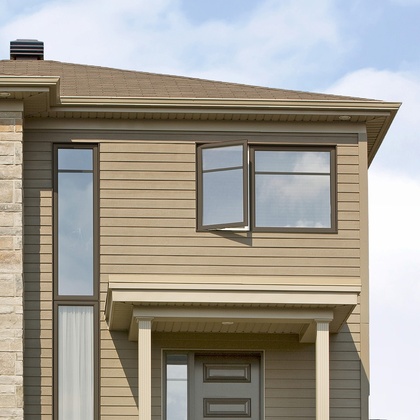

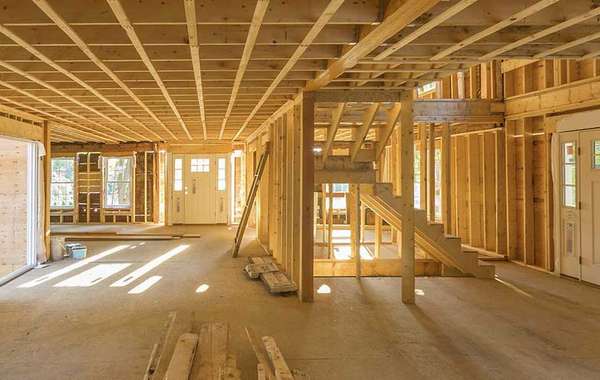
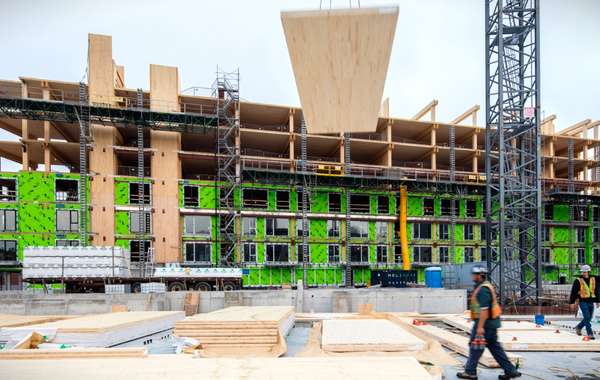
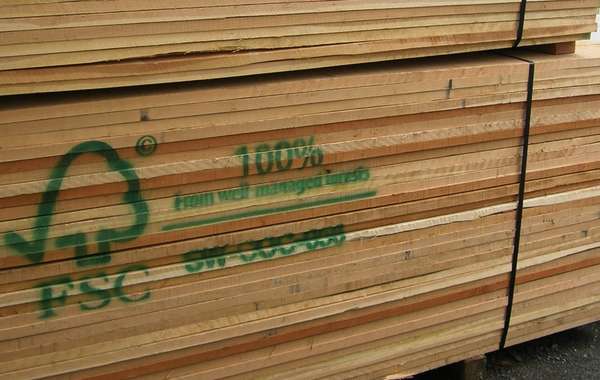
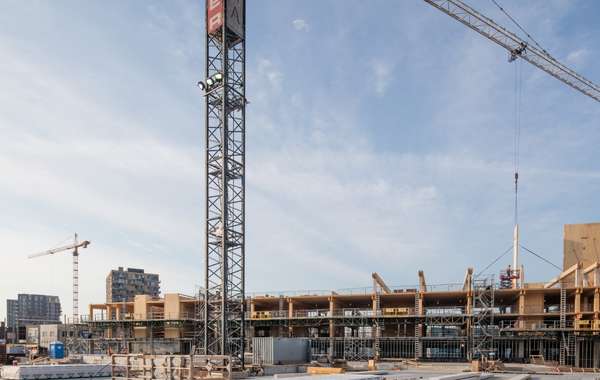
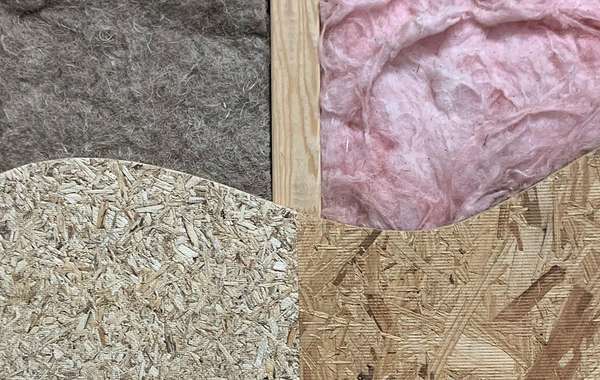
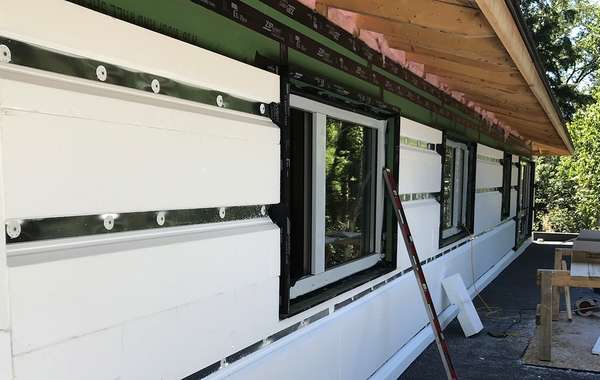

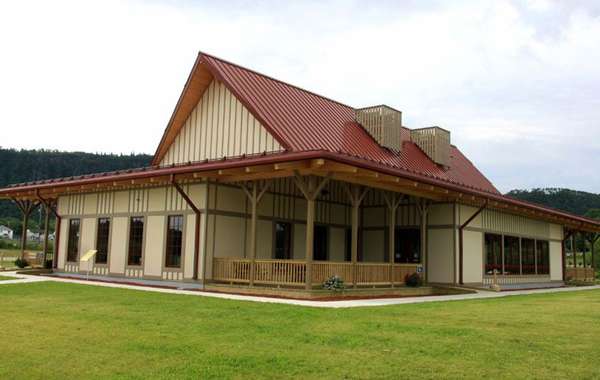
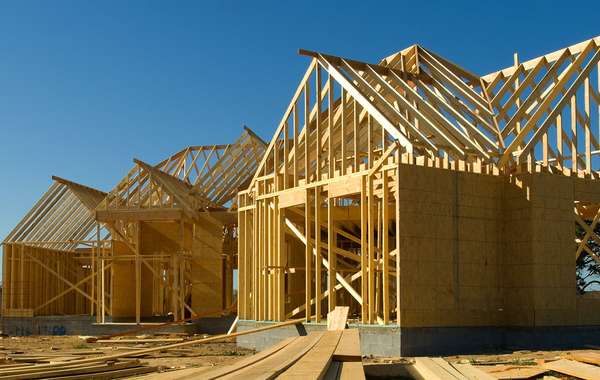
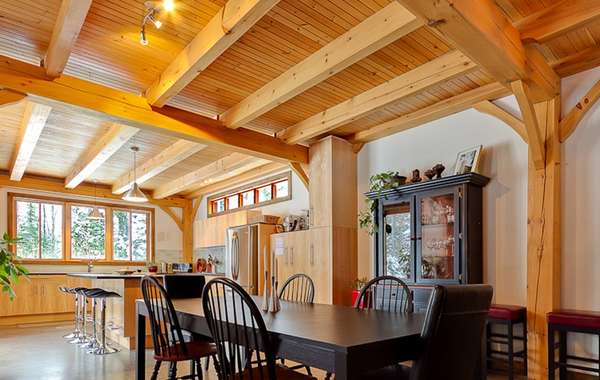
Comments (0)
Sign Up to Comment